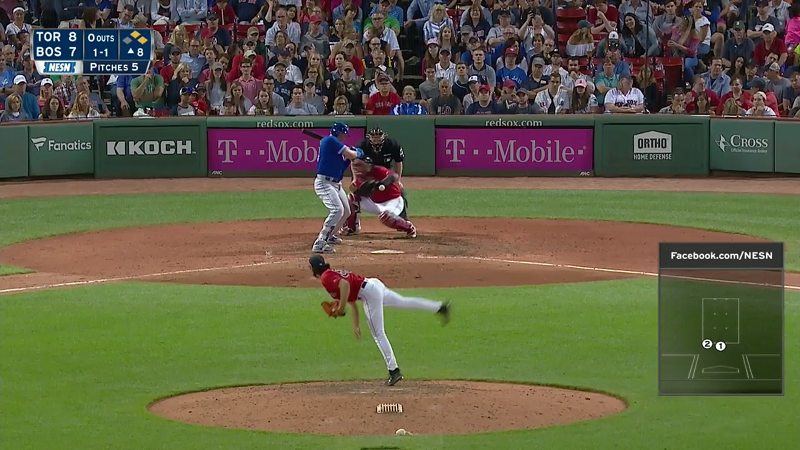Did Bryce Harper Cheat in the Home Run Derby?
The 2018 Home Run Derby was an awesome spectacle despite what appeared, on paper, to be a lackluster field. Bryce Harper, who somehow has 173 career homers and is still just 25, won the event in a dramatic finale that saw him best fellow catcher-turned-outfield-slugger Kyle Schwarber.
Or did he?
I noticed it watching live- Harper DID NOT WIN THIS DERBY !!! #justice4Schwarber https://t.co/yr5vHLJNJn
— T-DAWG (@twee1974) July 17, 2018
@kschwarb12 Great job last night! You won the Derby! GO CUBS! #Justice4Schwarber
— Chris Young (@chrisyoungg1816) July 18, 2018
Schwarber won. No debate. #justice4Schwarber
— maria tirabassi (@tirabassimaria) July 17, 2018
Yes, that’s #Justice4Schwarber trending on Twitter. My personal favorite hashtag, though, was this:
awesome, Bryceghazi is here https://t.co/cNUxLbYAQl
— Jay Jaffe (@jay_jaffe) July 17, 2018
people really out here acting like bryce harper getting credit for homers he didn’t really deserve is something new? #bryceghazi pic.twitter.com/Yypwu8YBhC
— jesse spector (@jessespector) July 17, 2018
In short, the Twitterverse (mostly, to be fair, Cubs Twitterverse) was abuzz with the sentiment that Bryce Harper won the Home Run Derby by cheating. Specifically, by doing this:
Bryce Harper switched into BEAST MODE for the last 30 seconds of his final round! #SCtop10 pic.twitter.com/0va6KsWadb
— SportsCenter (@SportsCenter) July 17, 2018
It's not over until @Bharper3407 says it's over. pic.twitter.com/UATq8M2ldV
— MLB (@MLB) July 17, 2018
You can also see that video here. In terms of what it shows, it’s pretty obvious: during the last minute-plus of his final round, Ron Harper (who, by the way, has alarmingly immense limb musculature) didn’t wait for Bryce’s batted balls to hit the ground before tossing another pitch to his son. It’s also pretty clear that, absent those extra pitches, Bryce wouldn’t have been able to catch Schwarber. As Jay Jaffe explained yesterday (emphasis mine):
[T]he 25-year-old Nationals superstar did have his back to the wall in the final round against fifth-seeded Kyle Schwarber, but with nine homers in the final minute — on 10 swings by my count, though ESPN’s broadcast said nine in a row — he tied the Cubs slugger’s total of 18. On the second pitch of the 30-second bonus period, he lofted a 434-foot drive to center field, then did a two-handed bat flip as the crowd went wild, and quickly handed the trophy to his barrel-chested father, Ron, who had pitched to him[.]


